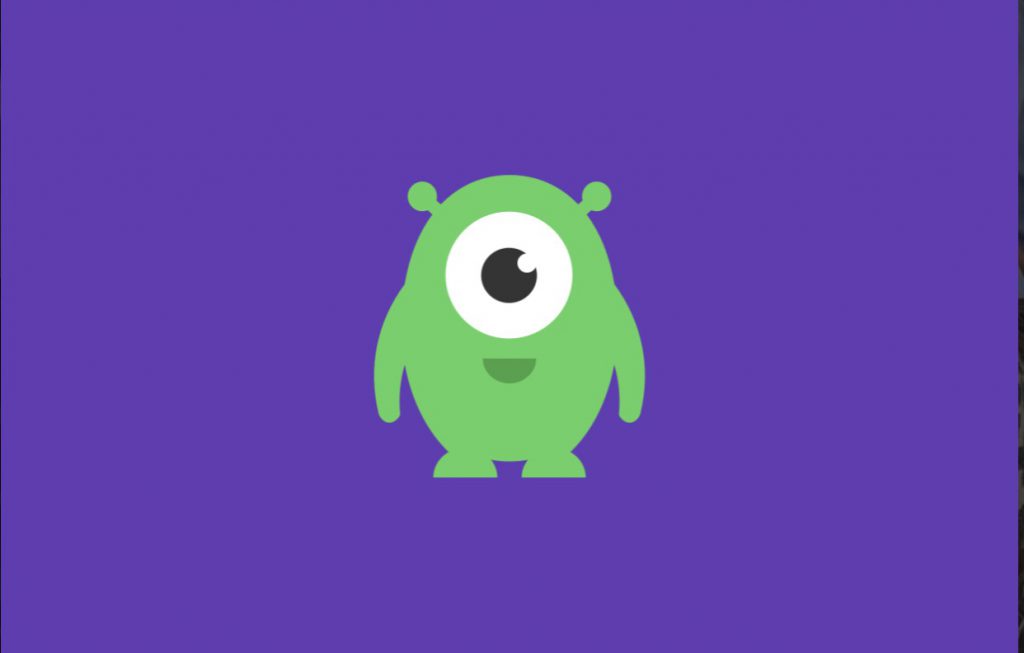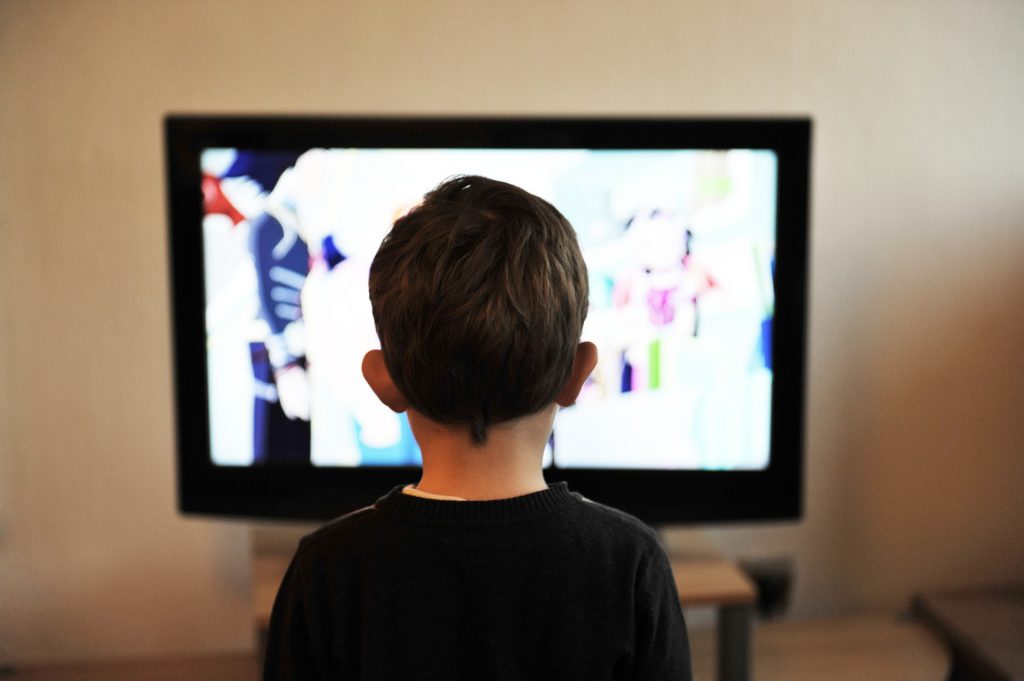A big announcement
Google recently announced the launch of their parental control app for Android called Family Link. The app can manage the apps kids are using, monitor their screen time and set some other basic digital rules like remotely locking child devices when it’s time for bed (sound familiar?)
Quaking in our boots
I’ll be honest, it’s a little intimidating to see a tech giant like Google moving into your niche! At the same time, we take it as a great encouragement and validation of Kidslox work. The question of screen time control is clearly a fundamental one for modern parents. And by creating their own parental control app Google have recognised that it is a problem which is widespread and worth solving.
As an established, working solution to the problem, this is actually good news for us. Family Link is still taking its first steps into the world of parental control. Their beta is available only to families with a child under 13 years of age, living in the US, where the child has an Android device running Android 7 (who’s giving their pre-teens the latest, top of the range devices?!). It’s pretty specific. In part because Google is perfectly placed to take their time with projects like this (by the time everything’s working as desired Android 7 might well be widespread (probably in around 2 years time)).
Will it cover iOS?
Kidslox on the other hand is available to everyone, everywhere. It runs on Android devices running Android 4 and up. And as the original cross platform parental control solution, it also runs on iOS devices and lets you control one platform from the other in either direction.
Perhaps Family Link will come to that. Their FAQ says that it’s not available on iOS “at this time”. On the other hand, one of their priorities is obviously to get kids hooked into the Google ecosystem of programs from a very young age. Use of the app begins with the creation of a Google account for the child, initially under the supervision of their parents. From the age of 13 onwards, the child’s submission to the app becomes voluntary (Google offers them the choice to manage their own account or continue to be managed by their parents) as that’s the age at which they can in theory create their own Google account without their parent’s permission anyway.
Not only does that leave parents of young teens wondering how much control they’ll really have,
it also leaves the question of whether iOS will ever be supported unclear. Google and Apple don’t tend to play nicely with each other when it comes to these sorts of integration questions.
Family Link features
Family Link’s announcement mentions three main features. Let’s take a quick look at them:
- Setting times when the child’s device becomes inaccessible to them (eg. bedtime). This has become a parental control standard feature. Good to see it here. Kidslox schedules are considered a core feature and many parents rely on them as the main control mechanism for managing their children’s screen time.
- Setting daily screen time limits and viewing your child’s daily activity. These features are very much in line with the way that many of us want to manage our children’s screen time. Allowing a set amount of time per day that the child can then manage themselves. That’s why Kidslox recently also introduced daily limits for both iOS and Android.
- Blocking individual apps and screening new downloads. Making individual apps unavailable is a helpful tool in the parents arsenal. That’s why on Android Kidslox allows daily limits on individual apps as well as simple blocking.
Does it measure up?
Overall, Family Link’s feature set seems reasonably standard. Their privacy notice mentions a couple of other features like geolocation and general privacy settings management too.
There are a couple of neat ideas that Kidslox doesn’t have yet, but which are high on our list of future developments, including daily activity reports and approving newly downloaded apps.
There are also a few functions which Kidslox offers and Family Link doesn’t. Aside from being dual platform, Kidslox also offers content filtering to protect child devices from inappropriate content including porn, hate and violence. It also allows for a very flexible approach to household devices; any device on the system can be used to restrict any other (Kids can’t control devices as they don’t know your Kidslox PIN).
For me, the biggest question raised by Family Link is whether 13 is an appropriate age to allow children the option of leaving the parental control nest. That seems to be the exact moment when concern over social media overuse or misuse is likely to be at its highest.
It’ll be interesting to see how this product develops and what role Google envisions for it in their grand scheme of things. I’ll be sure to revisit it once it becomes a little more widely available. For my own personal use though, I’ll be sticking with Kidslox.





